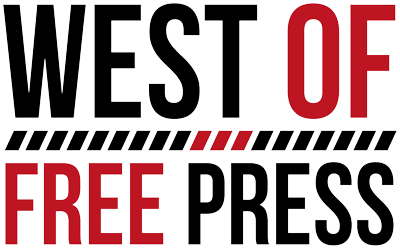It’s 8:18 p.m. Friday night and the last of a line of subcontractor vans is leaving Rutherford Way, the cut through road connecting the Essex and Carolina Bay neighborhoods.
Workers throw trash into rented dumpsters in the yard of one of many uncompleted homes along the winding road that also connects Glenn McConnell Boulevard and Savannah Highway through the two neighborhoods.
The scene here, with the rain tamping down the construction dust, is the coming, new paradigm for West Ashley. Instead of more modest brick covered ranches, multi-story Hardieplank painted Martha Stewart-esque shades of flat olive green homes perch in smaller yards.
Trashcans and cars are parked in the back of homes next to detached sheds, like I’on in Mt. Pleasant. Charleston Single Style houses front onto marshes.
The relatively modest price of a new home on stilts overlooking water elements could make a new homebuyer in Mt. Pleasant and parts of James Island wonder if they pulled the trigger too quickly.
Despite the flurry of development, from much of Glenn McConnell and Savannah Highway, the area still looks like a forest only interrupted by single entry roads.
This will change, too.
Just over a decade ago this was still pretty much a forest. Essex, Carolina Bay, Bolton’s Landing were largely in the planning stages. Long Savannah, the massive 10,000-unit semi-town was still a dream.
Ten years ago, a real estate market survey put the number of coming new homes at close to 113,000 for the Charleston metro area.
That number was increased a year later to 135,000 units. There was no way of knowing if the market could sustain all that growth, or what the time horizon on build out was on all those units.
And then came the Great Recession, and work stopped. Money was lost. And prices came back to earth.
And yet, momentum kept building. Boeing landed. Google expanded. Volvo picked out a spot close to Ridgeville. Jobs, good ones, created more demand. Perhaps just as importantly, the national economy recovered.
It was game on, again.
“We’ve still not made it back to where we were six, seven years ago,” says Doug Holmes, a local realtor who also supplies his competitors with a statistical market analysis of real estate for the area.
“But this is sustainable; we may have a lot more volume of sales than we used to, but the increases in prices in West Ashley are 5 percent annually, not like when the market was going crazy,” says Holmes a former nuclear physicist who teaches two math classes a year at the College of Charleston.
Running numbers in his head, Holmes says that developments like these have helped jump West Ashley’s price per square foot from around $105 to $110 to a more robust $125, with many neighborhoods garnering $140 a square foot.
Considering that many of the houses in these two neighborhoods start at 2,000 square feet, big money is getting shelled out. Leaning on his statistical tracking, Holmes says that bigger homes can’t always maintain the same per-foot price momentum, in which eventually size gives out.
But does that matter? Add to existing development the maturation of Grand Oaks across Bees Ferry, and the coming West Ashley Traffic Circle, replete with commercial and residential space, and the west of West Ashley begins to take on the silhouette of a boomtown.
“You couldn’t be more convenient to 526 and Boeing,” says Holmes. “This is the Wescott Plantation of West Ashley,” he says, referencing the Dorchester Road development that vitalized a sleepy strip in what had previously been a slow part of North Charleston.
Soon, more shopping will pop up. Real estate values will increase. More homes will follow. Improvements to West Ashley High will increase values and interest, like Wando did for Carolina Park and other East Cooper developments.
And more houses will come. And cars. And traffic. And demands for water and parks. And problems and positives.
Welcome to West Ashley 2.0.
(843) 766-WEST (9378)
publisher@westof.net







